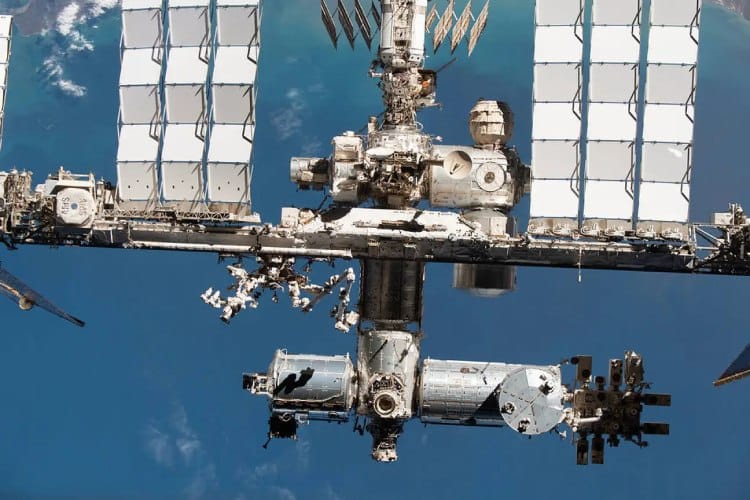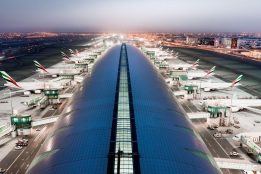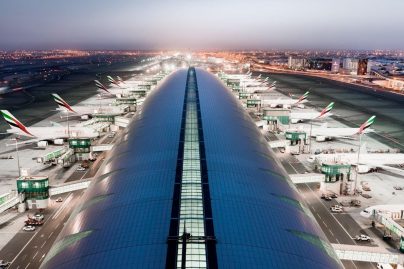NASA is on course to crash the ISS in 2031
Sat 05 Feb 2022
In a recent report, NASA has indicated how the future will look for ISS and how it will ultimately end up in a ‘spacecraft cemetery.’
Writing in the International Space Station Transition Report, NASA said, “The ISS is a unique laboratory that is returning enormous scientific, educational, and technological developments to benefit people on Earth and is enabling our ability to travel into deep space. Based on the ISS structural health analysis, there is high confidence that its life can be extended through 2030. The technical lifetime of the ISS is limited by the primary structure, which includes the modules, radiators and truss structures.”
The space agency has said it intends to gradually lower ISS’s orbiting altitude, which will see it being extracted and pulled lower at such a speed it will start to heat up and throw off debris on its way.
Naturally, NASA doesn’t want any of this debris — or what’s left of the space station — to cause any damage to Earth so it will have a splash landing in an uninhabited area of the South Pacific Ocean near to Point Nemo, which is also dubbed the ‘spacecraft cemetery.’
Point Nemo gets its nickname as it’s the exact spot that decommissioned spacecraft are aimed at because it has the furthest distance from any land.
The report went on, “Eventually, after performing manoeuvres to line up the final target ground track and debris footprint over the South Pacific Oceanic Uninhabited Area (SPOUA), the area around Point Nemo, ISS operators will perform the ISS re-entry burn, providing the final push to lower ISS as much as possible and ensure safe atmospheric entry.”
All of the above is the ideal scenario and, of course, things may not run this smoothly in real life.
NASA has warned that higher solar activity would expand the Earth’s atmosphere and increase its resistance to ISS’s velocity, meaning it will fall more quickly than planned and could potentially miss Point Nemo.
In an attempt to counter this, as the space station nears Point Nemo, its operators will fire its thrusters to try and give it one last push into the sea.
Source: Agencies

 Apr 16 2024
Apr 16 2024











